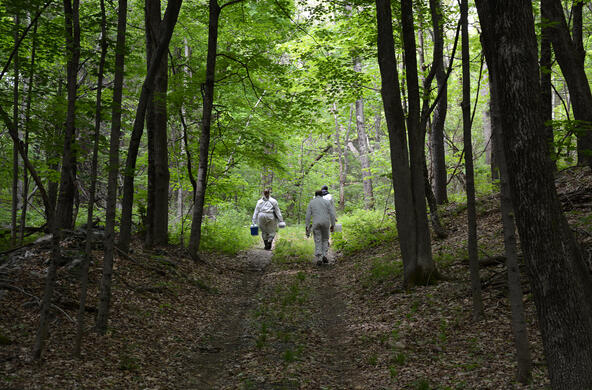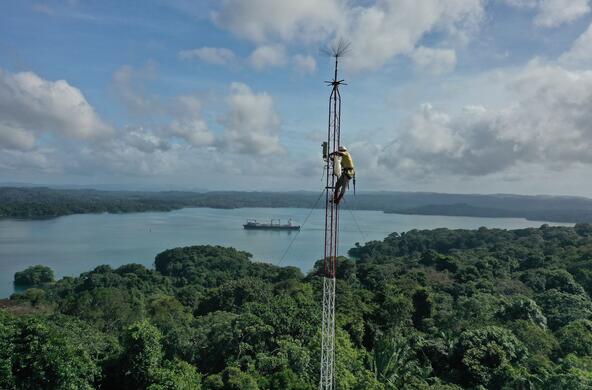As our climate shifts and changes, wildlife and weather also shifts and changes. Now, researchers have found something else that's deviating from the norm. Scientists have discovered that the spread of infectious diseases is being affected by climate change, which could have enormous implications for mapping diseases in the future.
Diseases can spread quickly through both animal and human populations if they're not properly contained. In fact, climate change--more specifically, warmer temperatures--has already affected diseases that impact wildlife and agricultural systems.
"In many cases, we're seeing an increase in disease and parasitism," said Sonia Altizer, one of the researchers, in a news release. "But the impact of climate change on these disease relationships depends on the physiology of the organisms involved, the location on the globe and the structure of ecological communities."
So how is climate affecting diseases exactly? In the Arctic, where temperatures are rising rapidly, a lungworm that affects muskoxen can now be transmitted over a longer period each summer. This makes it a serious problem for the populations that it infects. But it's not only the Arctic that's affected. In tropical marine environments, warmer water temperatures are stressing corals and are helping spread infections by pathogenic fungi and bacteria. This, in turn, is causing huge groups of corals to die off--a bad situation for species that rely on corals to build the infrastructure of reefs.
"Biodiversity loss is a well-established consequence of climate change," said Richard Ostfeld, co-author of the new study, in a news release. "In a number of infectious disease systems, such as Lyme disease and West Nile virus, biodiversity loss is tied to greater pathogen transmission and increased human risk. Moving forward, we need models that are sensitive to both direct and indirect effects of climate change on infectious disease."
In order to counteract these devastating effects of climate change, the researchers laid out an agenda for future research and action. The fact that these disease can also impact human populations means that it's important to fully understand how to counteract them. In the end, the scientists made several recommendations. One of these involves expanding data about the physiological responses hosts and parasites have to temperature changes.
"We'd like to be able to predict, for example, that if the climate warms by a certain amount, then in a particular host-parasite system we might see an increase from one to two transmission cycles per year," said Altizer in a news release. "But we'd also like to try to tie these predictions to actions that might be taken."
Understanding the spread of these disease outbreaks is extremely important for the future. Because disease represents the product of several interacting species, though, it's difficult to accomplish this feat. Nonetheless, it's necessary for both human health and wildlife conservation.
The findings are published in the journal Science.






